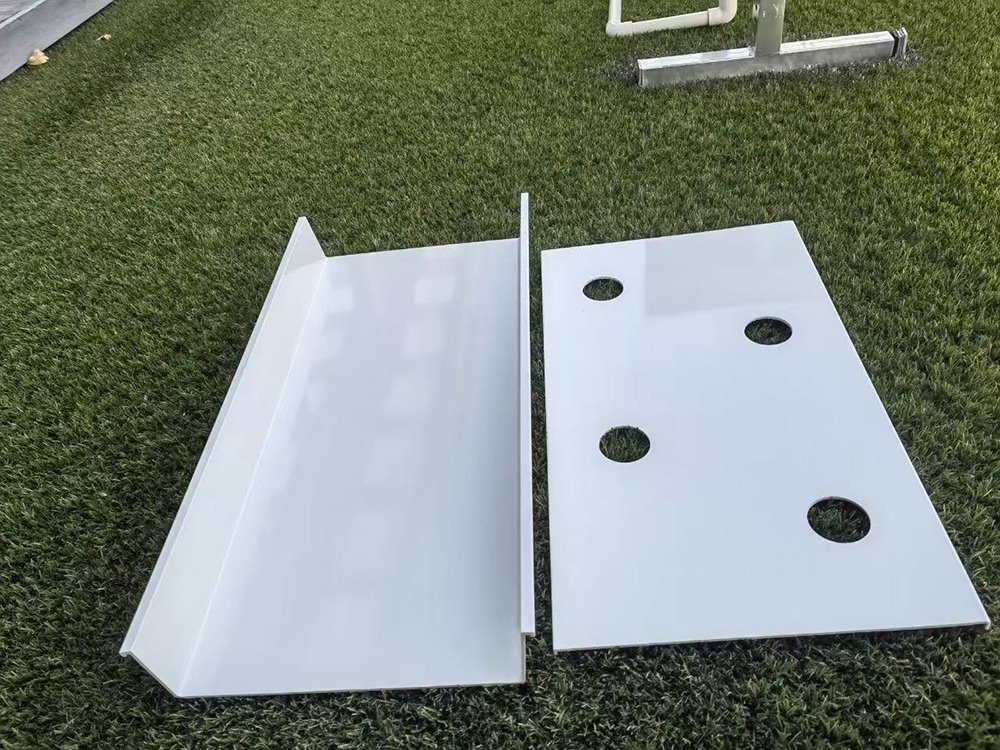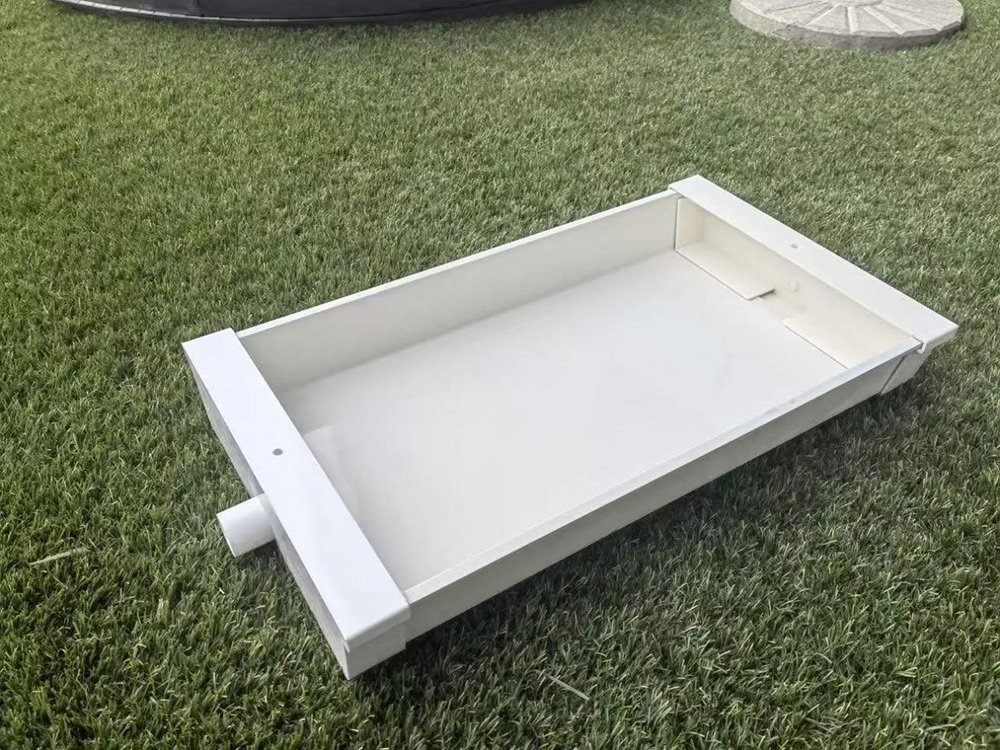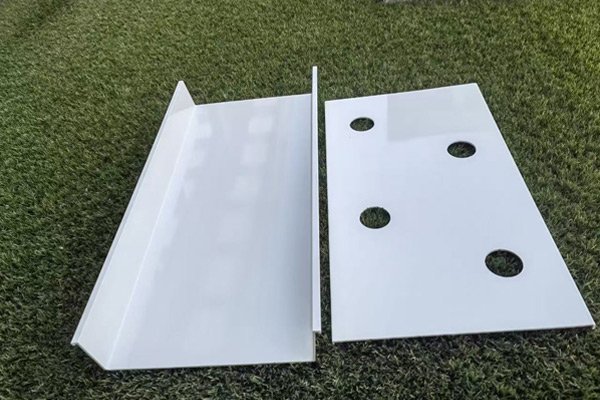

Advantages of DWC Hydroponic Indoor Farms
- Efficient resource utilization
- Water-saving: Compared with traditional soil cultivation, the hydroponic system can recycle water, saving over 90% of water.
- Space-saving: Multi-layer vertical planting allows the yield per unit area to be several or even dozens of times that of open-air farms.
- Strong environmental controllability
- Precise regulation of indoor environment (temperature, humidity, light, nutrients), unaffected by external climate (severe cold, heat, natural disasters), enabling stable production throughout the year.
- Avoid soil-borne pests and diseases, reduce pesticide use, and facilitate green planting.
- Convenience and automation
- Automatic preparation and circulation of nutrient solutions reduce labor costs for irrigation and fertilization, suitable for large-scale management.
- Can be equipped with smart devices (sensors, AI systems) to monitor growth status in real time, reducing human input.
- High quality and high yield
- Plant roots directly absorb nutrients, growing faster (e.g., the growth cycle of leafy vegetables can be shortened by 30%-50%).
- Balanced nutrient supply ensures uniform fruit size and taste, with high commercial value.
- Wide range of applications
- Suitable for urban indoor spaces, balconies, factories, etc., shortening the transportation distance of agricultural products to achieve “local fresh supply”.
- Can grow various crops such as leafy vegetables, strawberries, and herbs, and is even used for plant cultivation in space exploration (e.g., NASA-related research).
- Sustainability advantages
- No soil pollution problem, nutrient solutions can be recycled, reducing agricultural waste, in line with environmental protection concepts.
- Reduce dependence on high-quality arable land, suitable for areas with scarce cultivated land resources.
Conclusion: Combining indoor environmental control, DWC hydroponics has significant advantages in efficiency, quality, environmental protection, and space utilization, making it an important development direction for future urban agriculture and high-efficiency agriculture.
